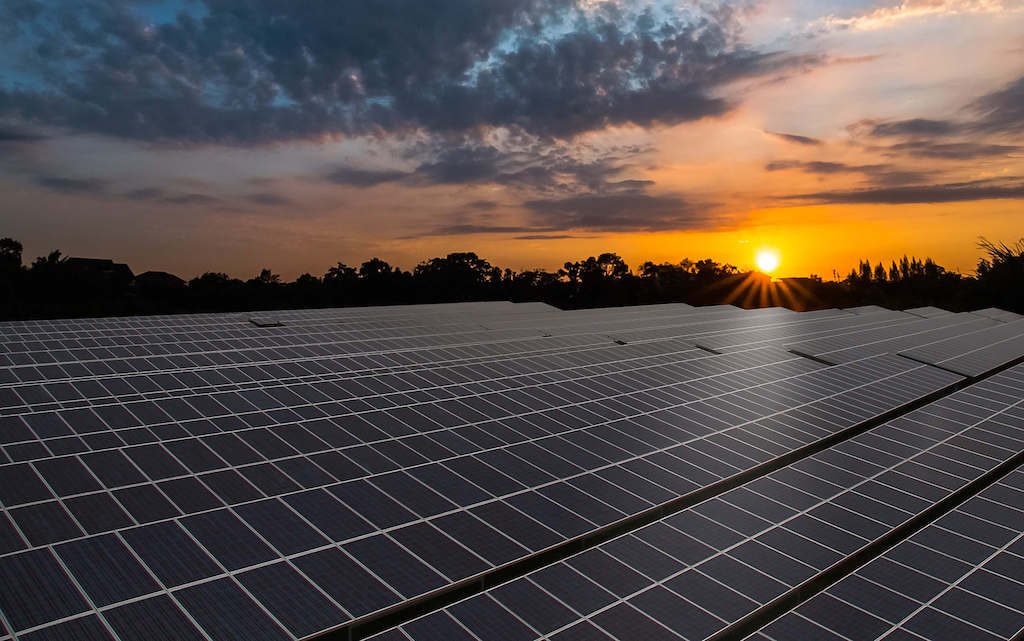How to lower energy bills and emissions with demand flexibility
Demand flexibility shifts energy use to lower energy bills and reduce strain on the grid.

As more of our energy comes from renewable sources, attention is shifting to the other aspects of the transition.
Much of this relates to the way we consume energy, rather than just the way it is produced. The end game is to lower energy bills and emissions.
The principles aren’t new. In our homes, most hot water systems are timed to run during the night, when low demand for energy pushes prices down.
We see the flip side of the equation during summer heatwaves, when millions of households flick their air conditioners on and push the electricity system – and spot prices – to the limit.
How to lower energy bills and emissions?
Rather than overbuilding generation to match peaks in demand, what if we find ways to move loads to times of the day when there is plenty of energy?
This is increasingly in the middle of day, when the sun is high in the sky and Australia’s growing number of solar panels are pumping out electricity.
Today, solar households might set timers to ensure appliances like washing machines, dishwashers and pool pumps take advantage of the cheap, emissions free energy from their rooftop.
In the future, as the technology becomes more common and affordable, this process will likely be controlled by energy management systems and smart appliances that operate when energy is abundant.
The opportunity extends to industrial energy users. Reducing consumption during periods of high demand offers manufacturers and other energy intensive operations a way to benefit from cheaper energy, while also decarbonising operations.
Blowing in the wind
Timing our demand for energy wisely will become more important as wind and solar make up a larger share of electricity generation.
The inherent variability of weather-dependent technologies creates peaks and lulls, most obviously as solar ramps up and down with the sun.
Energy storage will play a role in smoothing energy supplies, but that comes at a cost.
AEMO forecasts that by 2040 we will need 6-19 GW of new dispatchable resources (aka energy that can be called on when we need it).
At the top end of this range, that’s equivalent to the power output of around 10 Snowy 2.0’s. If each costs $5 billion, in line with Snowy, that will be an expensive way to backup our energy system.
A simpler and more cost effective option is to use technology to make our energy loads more flexible.
In our homes, that starts by running as many appliances as possible when generation is high, and also charging EVs and home batteries so they are able to be called on in the evening peak.
At an industrial scale, excess electricity in the grid could power electrolysers to produce green hydrogen, which can be used to make low emissions metals or power processes that currently rely on natural gas.
Next steps
Boosting the flexibility of our energy usage will require changes to our current practices.
Firstly, meters and sensors will need to be fitted to devices to monitor what is happening in real time. These smart devices will be able to process data and send and receive signals to make decisions for us, and use energy in the most efficient ways possible.
Secondly, regulatory changes will allow the value of demand flexibility to be monetised to provide price signals that encourage energy users to make wise decisions.
Importantly, residential and commercial customers will also need to be supported to factor in smart choices. There is a role for education so people understand the benefits of using less energy, choosing more efficient options, shifting usage and finally storing energy.
LIKE THIS STORY? SIGN UP TO OUR NEWSLETTER

ARENA